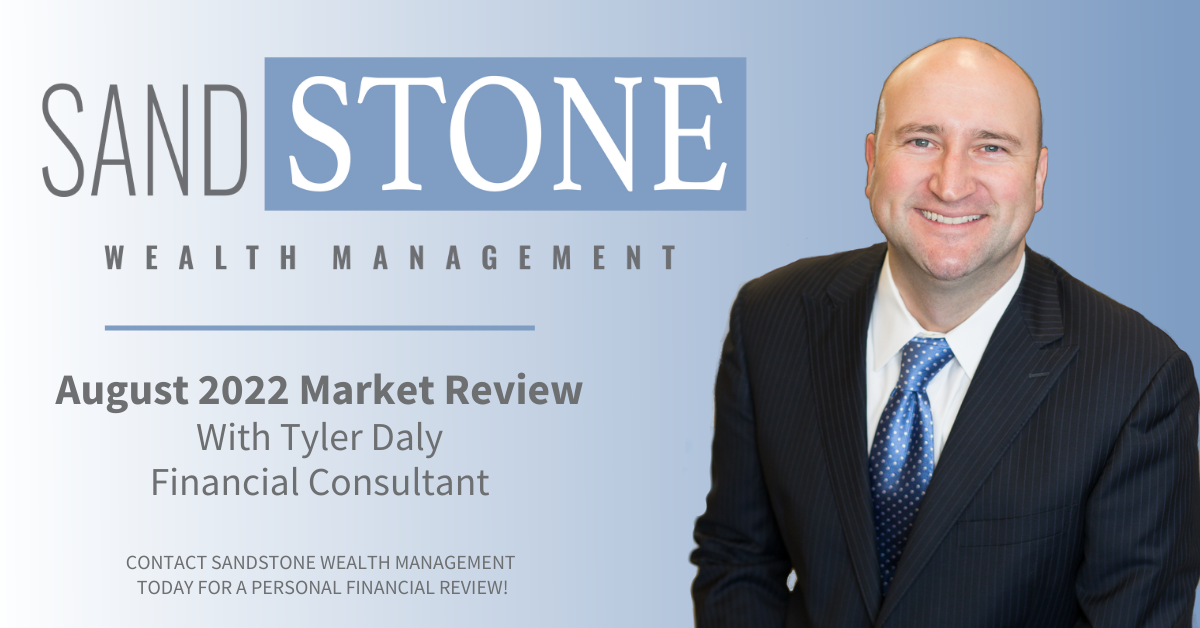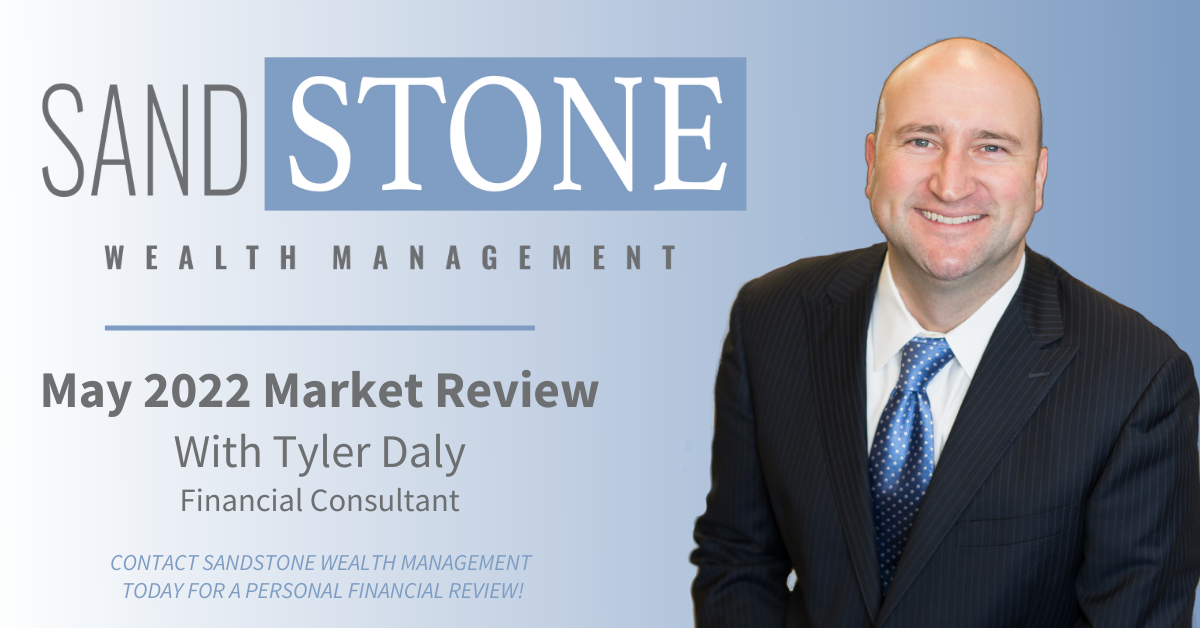
The markets continue their upward trend, supported by accommodative fiscal policy from the Federal Reserve, strong gross domestic product (GDP) numbers and solid earnings reports.As President Biden celebrated his 100th day in office to close the month, the traditional favorable equity market performance during the so-called “honeymoon” phase continued, with the S&P 500 rallying about 10% over that time frame. The S&P 500 ended April up 5.24%, its third consecutive positive monthly gain. The Dow Jones and NASDAQ reached new highs as well.
Driving the equity market higher is the rapid distribution of over 235 million vaccines, the best economic growth (+6.4% annualized) since 2003, and a dramatic, better-than-expected surge in corporate earnings – the highest (+36%) since 2010, explains Raymond James Chief Investment Officer Larry Adam. As the presidential “honeymoon” period ends, debates over government spending, taxes, inflation and Fed tapering are likely to lead to increased volatility.
The advance estimate of first quarter GDP came in at a 6.4% annual rate, but Raymond James Chief Economist Scott Brown notes that the headline figure understates the economy’s strength. Consumer spending on durable goods rose sharply, fueled by stimulus checks, and spending on services should pick up as the economy reopens.
In Washington, infrastructure and tax proposals remain just that – proposals. Congress is drafting legislation, and Raymond James Washington Policy Analyst Ed Mills expects to see broad compromise in order to secure the necessary votes. Generally speaking, Mills believes we can expect a significant amount of additional federal spending later this year tied to revenue-raising measures. The compromises necessary for passage may create a near-term Goldilocks scenario for the market in terms of further economic stimulus.
Let’s review where we are so far this year:
|
|
12/31/20 Close |
4/30/21 Close |
Change |
% Gain/Loss Year to Date |
|
|
DJIA |
30,606.48 |
33,874.85 |
+3,268.37 |
+10.68% |
|
|
NASDAQ |
12,888.28 |
13,962.62 |
+1,074.34 |
+8.34% |
|
|
S&P 500 |
3,756.07 |
4,181.17 |
+425.1 |
+11.32% |
|
|
MSCI EAFE |
2,147.53 |
2,268.51 |
+120.98 |
+5.63% |
|
|
Russell 2000 |
1,974.86 |
2,266.45 |
+291.59 |
+14.76% |
|
|
Bloomberg Barclays Aggregate Bond |
2,392.02 |
2,329.61 |
-62.41 |
-2.6% |
|
|
|
Performance reflects price returns as of market close on April 30, 2021. MSCI EAFE and the Bloomberg Barclays Aggregate Bond figures reflect May 3, 2021, closing values. |
||||
Yield, interest rates and inflation
With interest rates remaining low despite positive economic reports, demand for yield is rising across all bond maturities. Investors are keeping a wary eye on inflation, as are the members of the Federal Open Market Committee. Long-term inflation expectations, which have remained close to the Federal Reserve’s 2% long-term goal, are key. Should those long-term inflation expectations rise significantly, then actual inflation would trend higher, Brown notes. However, the Federal Reserve, which wants inflation to be moderately higher in the near term, has the tools to bring inflation back down. Fed Chair Powell has signaled that monetary policy will remain accommodative until employment and inflation are closer to the central bank’s goals.
Overseas
Once again, U.K. and European markets generated modest gains for the month, lifted by positive earnings reports and optimism for economic recovery as more and more vaccines get distributed. However, in Asia, market performance was decidedly mixed. Singapore and Hong Kong made plans to broaden travel opportunities; on the other hand, Japan (host of the Summer Olympics) implemented its first-ever lockdowns, and India’s COVID-19 cases rose to record levels, prompting large-scale economic disruption.
The bottom line
The vast majority of S&P 500 companies have surprised on the upside, beating their estimates by an average of 23.7%. Even with a relatively bullish outlook for domestic stocks, investors should expect normal pullbacks on occasion. Those ready to put cash to use can plan to use any weakness as an opportunity to strategically add positions at an individual stock and sector level. Lastly, remember to file your taxes before the extended deadline of May 17.
As always, I wish you and yours well. Thank you for your confidence in me. I’ll be sure to keep my eyes on the markets and relate anything of relevance. If you have any questions, please reach out at your convenience.
Material prepared by Raymond James for use by its advisors.

Tyler has been in the financial services industry since 2004 and with Sandstone Wealth Management and Heartland Bank since 2009. He is Series 7, 66 and Insurance licensed to assist his clients with all their investing, financial planning, and insurance needs. Tyler was recently named to the Forbes List of America's Top Next-Generation Wealth Advisor, which recognizes advisors from national, regional, and independent firms. Tyler graduated from the University of Nebraska-Lincoln with a Bachelor’s Degree in Diversified Agriculture and was born and raised in the Nebraska Sandhills. This gives him an intimate knowledge and understanding of his farming and ranching clients. Tyler is married to Rachel, who earned her Doctorate of Pharmacy from the University of Nebraska. They have two children, Camilla and Cooper. Away from business, he enjoys officiating high school basketball in the winter as well as golfing and team roping in the summer.


.png)

.jpg)

.jpg)

.png)



